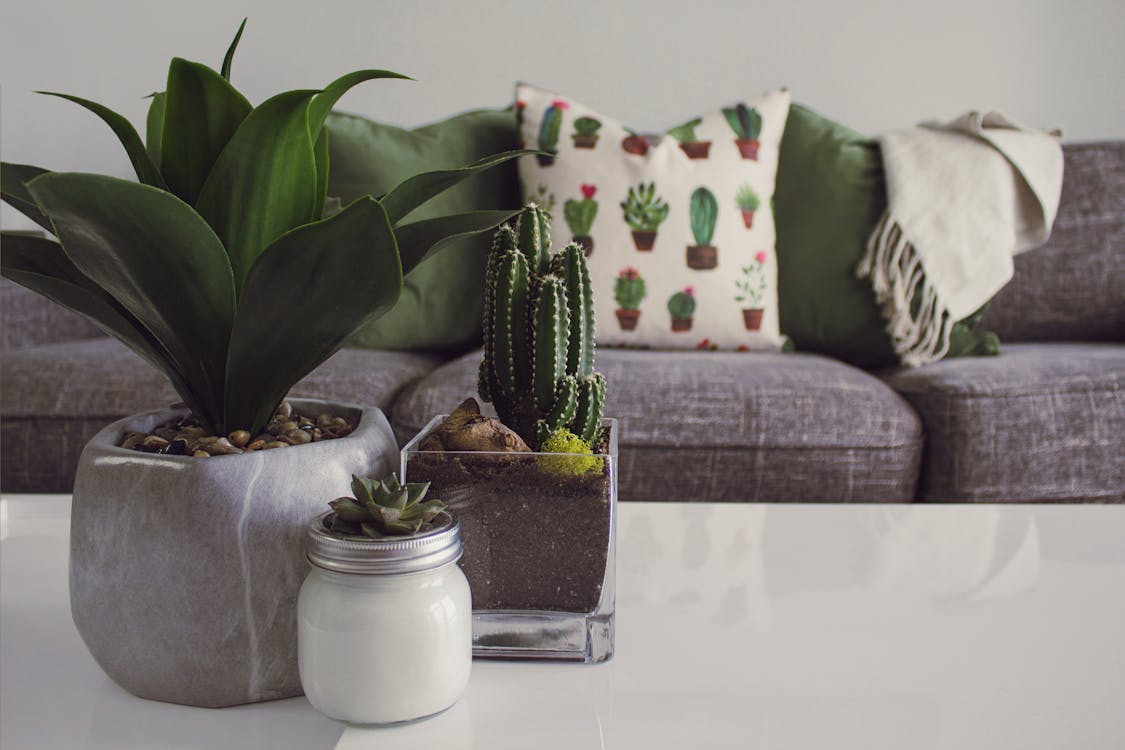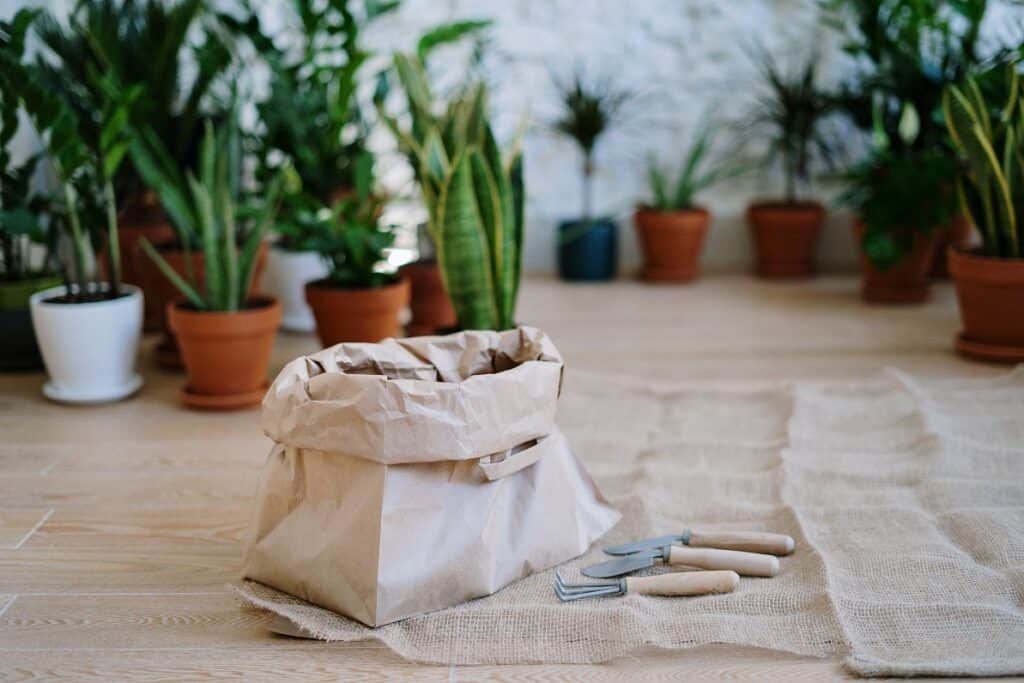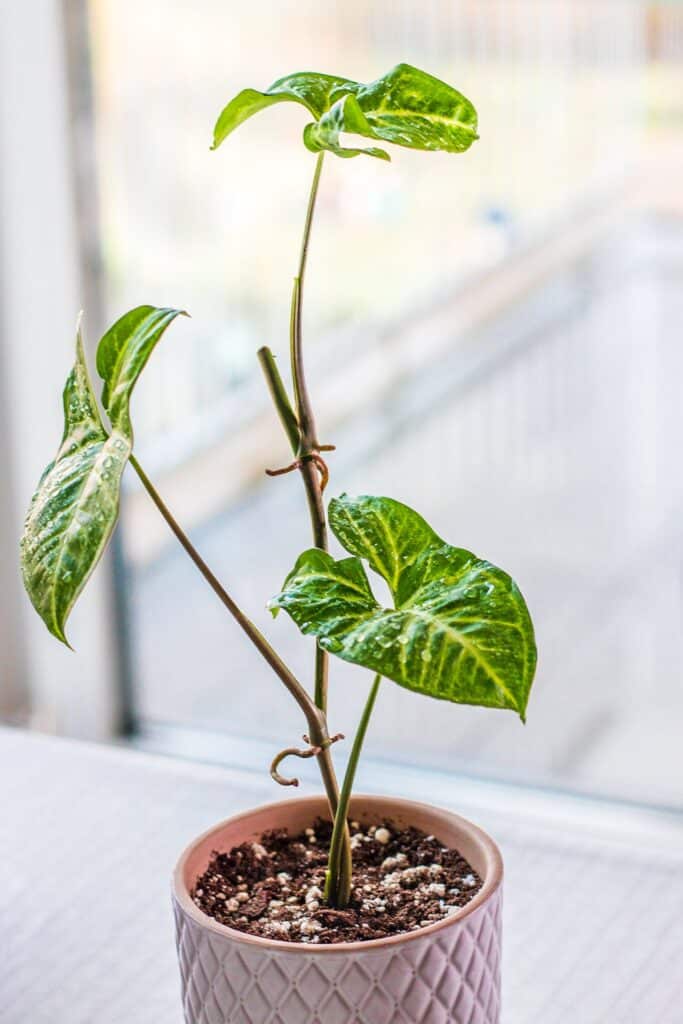Picture this: You’ve finally decked out your living space with lush greenery, creating your very own urban jungle oasis. But wait, will indoor plants attract bugs?
It’s a common concern among plant lovers, and rightfully so. After all, bugs can be a nuisance, and nobody wants to share their space with unwelcome critters. In this article, we’ll explore whether indoor plants have a magnetizing effect on bugs and reveal some strategies to keep your plant collection bug-free. So, before you start swatting imaginary flies, let’s get to the bottom of this plant and pest predicament.
Can Indoor Plants Attract Bugs?
If you’re a proud plant parent or considering adding some greenery to your indoor space, you might wonder, “Can indoor plants attract bugs?” The short answer is yes, indoor plants can attract bugs. However, it’s important to note that not all plants will attract bugs, and there are ways to prevent and manage any potential bug infestations.

Common bugs attracted by indoor plants
Indoor plants can potentially attract various bugs, some more common than others. Aphids are one of the most notorious pests that can feed on the sap of indoor plants, causing leaf damage and stunted growth. Spider mites are another common pest that can infest indoor plants, leaving behind webbing and causing yellow or brown spots on leaves. Fungus gnats are small flying insects that lay their eggs in the soil of indoor plants, and their larvae can cause damage to plant roots. Mealybugs are yet another pest that may feast on indoor plants, leaving behind a white, cotton-like substance on leaves and stems.
Factors that attract bugs to indoor plants
Several factors can attract bugs to your indoor plants. One of the main factors is the presence of moist conditions. Overwatering your plants or having poor drainage can create an inviting habitat for bugs. Additionally, certain indoor plants emit scents that can be attractive to bugs. For example, flowering plants’ fragrance can lure insects like aphids and mealybugs. Lastly, if plants are near open windows or doors, bugs may be more likely to find their way inside and feast on your plants.

The benefits of having bugs in indoor plants
While the thought of bugs in your indoor plants might not be appealing, it’s important to recognize that not all bugs are harmful. In fact, some bugs can actually be beneficial for your plants. Ladybugs, for example, are natural predators of aphids and can help control their population. Some bugs can also aid in pollination, ensuring your plants reproduce and thrive. So, it’s not always necessary to eliminate every bug you come across in your indoor plants.
Ways to prevent bugs from infesting indoor plants
Prevention is key when it comes to keeping bugs away from your indoor plants. To minimize the risk of bug infestations, start by inspecting any new plants before bringing them into your home. Look for signs of pests or damage, such as discolored leaves or webbing. Quarantining new plants for a few weeks before introducing them to your existing collection can also help prevent the spread of any potential bugs. In addition, avoid overwatering your plants and ensure they have proper drainage to discourage moist conditions that attract bugs. Lastly, keep doors and windows screened to prevent bugs from entering your home in the first place.

Natural remedies to get rid of bugs in indoor plants
If you do find bugs in your indoor plants, there are several natural remedies that you can try before resorting to chemical pesticides. One common method is to make a solution of mild liquid soap and water and spray it on the affected plants. The soap can help suffocate and kill the bugs, while being gentle enough not to harm your plants. Another natural remedy is to introduce beneficial insects, such as ladybugs or predatory mites, which can help control pest populations. Additionally, you can use neem oil, a natural pesticide derived from the neem tree, which has insecticidal properties.
Signs of bug infestation in indoor plants
It’s important to keep a close eye on your indoor plants to catch any signs of bug infestation early on. Some common signs include yellow or discolored leaves, leaf damage like holes or chewed edges, the presence of webbing, or an increase in small flying insects around your plants. Sticky residue on leaves, known as honeydew, is another indicator of a possible bug problem. Regularly inspecting your plants and recognizing these signs can help you take action before the infestation spreads.
Tips for maintaining bug-free indoor plants
Maintaining bug-free indoor plants requires a combination of preventative measures and regular care. Start by keeping your plants clean and free from debris, as this can attract bugs. Routinely remove dead or yellowing leaves, as they can be a breeding ground for pests. It’s also helpful to periodically wipe down the leaves with a damp cloth to remove any dust or pests that may be present. Regularly monitoring your plants for signs of bugs and taking immediate action if you spot any can prevent infestations from taking hold.
Indoor plants that are less likely to attract bugs
If you’re concerned about bugs in your indoor plants, choosing certain types of plants can help minimize the risk. Some plants have natural properties that make them less attractive to bugs. For example, plants with strong scents, such as lavender or rosemary, can act as natural repellents. Succulents and cacti are also less likely to attract bugs due to their ability to thrive in dry conditions. Additionally, plants with smooth leaves, like snake plants or ZZ plants, can make it more difficult for bugs to cling onto them.
Common misconceptions about bugs and indoor plants
A few common misconceptions about bugs and indoor plants are worth addressing. One is the belief that bugs can’t survive in indoor environments. While it’s true that bugs may be less prevalent indoors than outdoors, they can still find their way into your home and infest your plants if the conditions are suitable. Another misconception is that bugs only infest unhealthy plants. Even healthy, well-cared-for plants can attract bugs, so it’s important to take precautions regardless of the condition of your plants.
Conclusion
In conclusion, indoor plants have the potential to attract bugs, but with the right knowledge and preventative measures, you can enjoy a bug-free indoor garden. By understanding the common bugs that can infest indoor plants and the factors that attract them, you can take steps to minimize the risk. Regular monitoring, natural remedies, and proper plant care are important in maintaining healthy, bug-free indoor plants. So go ahead and embrace the joy of indoor gardening, knowing that you have the tools to keep the bugs at bay.




